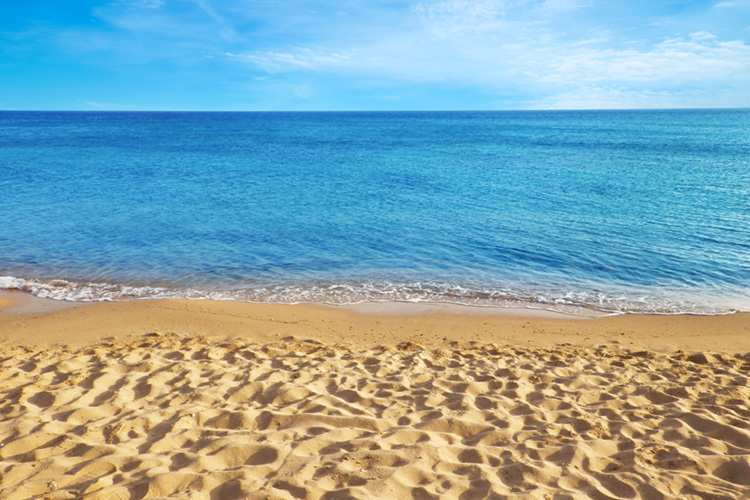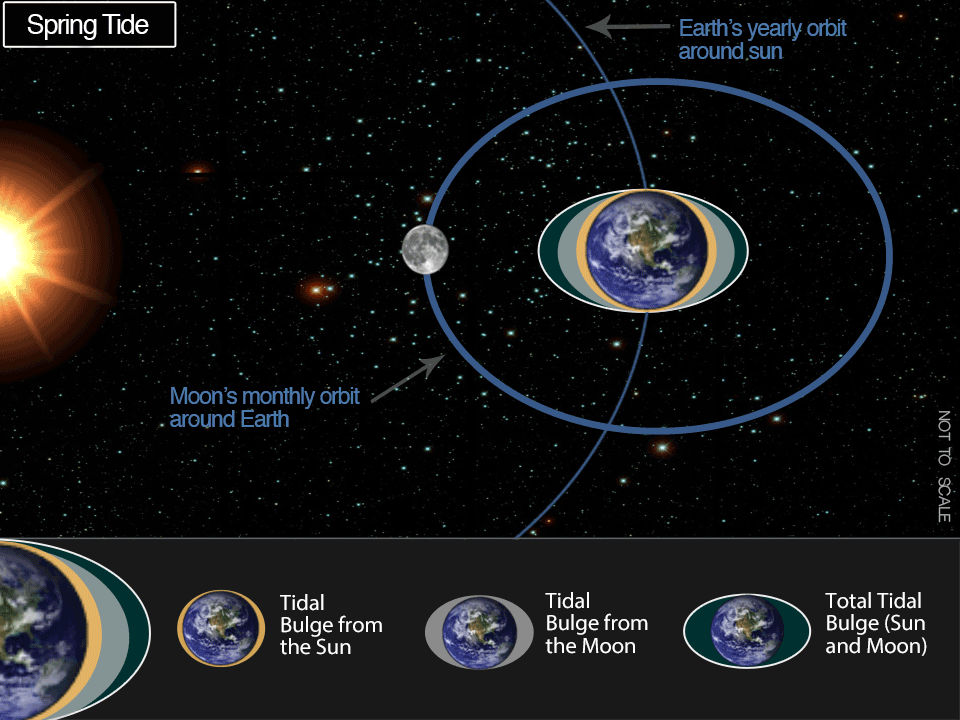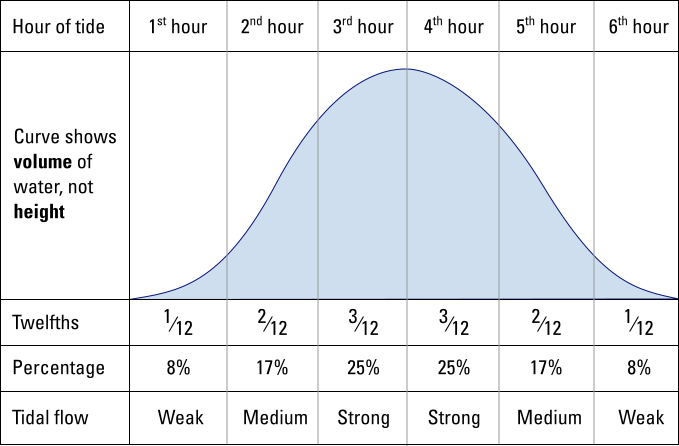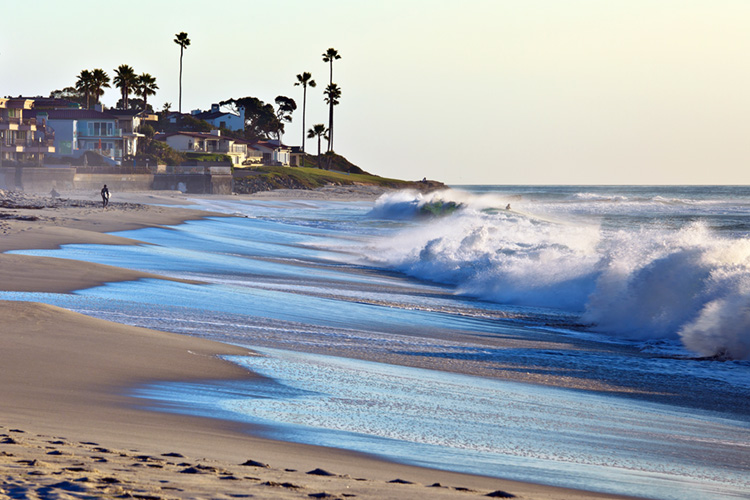Have you ever wondered how tides work? What causes high and low tides on Earth? And why do tides rise and fall?
French astronomer François Arago once said: "studying the tides is the tomb of human curiosity."
In fact, the formation of tides in the ocean is a complex equation that involves several variables and factors.
Nevertheless, there are three main elements responsible for the tidal phenomenon:
- The Moon;
- The Sun;
- The Earth;
So, the interaction of the gravitational pull of all three astronomical bodies leads to the creation of tides on our planet.
Other planets of the solar system also have an impact on the Earth's tides, but their effects can be considered minimal.
The Moon plays a crucial role, though. It exerts about 2.2 times more power on the tides than the Sun.

The Earth and the Moon exert a gravitational pull on one another, meaning that large bodies of water - like oceans - actually can be pulled toward the moon.
This is basically what creates the tides.
The Moon pulls on the ocean at the top of the Earth, creating a high tide on one side (let's call it "top"). On the other side (we'll call it "bottom"), another high tide is created.
And why is that so? Because of the centrifugal force created by the spinning of both bodies.
So, these two opposite bulges will experience high tides, and the volume of water on the sides that are at right angles to the Moon will decrease, i.e., will have low tides.
There are several terms and expressions for addressing the rise and fall of tides.
When the tide is falling, we can say that the tide is going out or ebbing. When the tide is rising, it is common to hear that the tide is coming in or flooding.

Spring Tides and Neap Tides
Although less pronounced than the Moon's, the Sun also exerts an influence on the Earth's tides - it can actually diminish or enhance the gravitational pull of the Moon.
Here's how: when the Sun and the Moon are aligned, the Sun enhances the moon's gravitational pull, creating higher tides than usual - these are called spring tides.
Spring tides occur during a Full Moon or New Moon.
However, when the Sun and the Moon are at a 90-degree angle to one another, the Sun diminishes the gravitational pull of the Moon on Earth, creating moderate tides, i.e., tides with a small tidal range - these are named neap tides.
The tidal range is the difference between the water level at low tide and the water level at high tide.
Neap tides occur during Quarter Moons.

Diurnal, Semi-Diurnal and Mixed Tides
But astronomical cycles and tides don't exactly follow clocks, and that's why there is not a universal tide chart that applies to the human calendar.
The Moon and the Earth are continuously moving around one another.
Depending on your Earth location, you may experience diurnal, semi-diurnal, or mixed tidal cycles.
The most common tidal pattern is the semi-diurnal tide - regions of the globe with two high tide events and two low tide episodes each day.
In other words, coastal areas with one high tide once every 12 hours in 25 minutes, or six hours and 12.5 minutes separating high and low tides.
With diurnal tide patterns, some spots only witness a high tide once every 24 hours.
Mixed tides designate unequal sets of high and low waters, which means that tides don't rise and fall to the same water levels.

The Rule of Twelfths
The phenomenon of tides has another interesting characteristic. It is called The Rule of Twelfths and applies to the semi-diurnal tide.
The Rule of Twelfths tells us that the flow rate in a tide increases smoothly to a maximum halfway point between high and low tide before smoothly decreasing to zero again.
That is to say that in the first hour after low tide, the water level rises about one-twelfth (1/12) of its total range.
Then, in the second hour, it rises two-twelfths (2/12). In the third hour, it rises three-twelfths (3/12) of its range.
In the fourth, fifth, and sixth hours, it then rises three (3/12), two (2/12), and one-twelfth (1/12) until reaching high tide.
The process is then mirrored as the tide goes from high to low. From a graphical perspective, you end up with a sine curve.
The Rule of Twelfths is a useful rule of thumb for predicting tidal heights at a given place.
Take a look at a few curious facts about tides.
